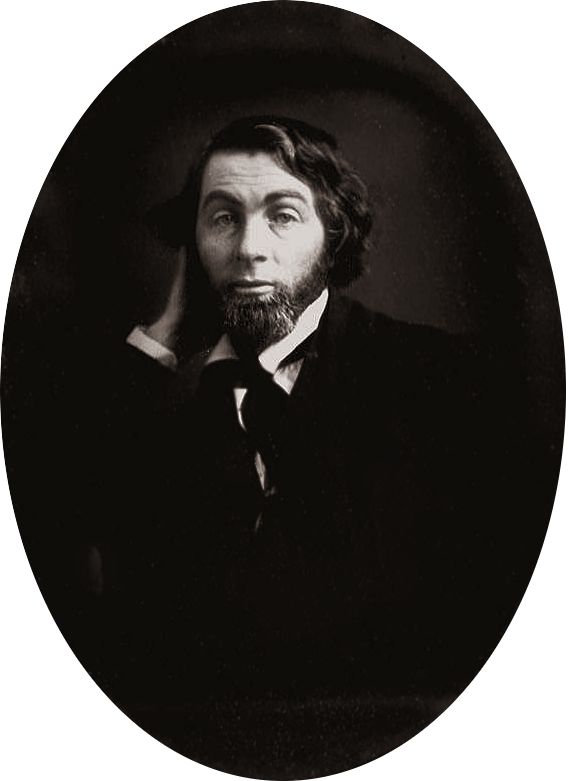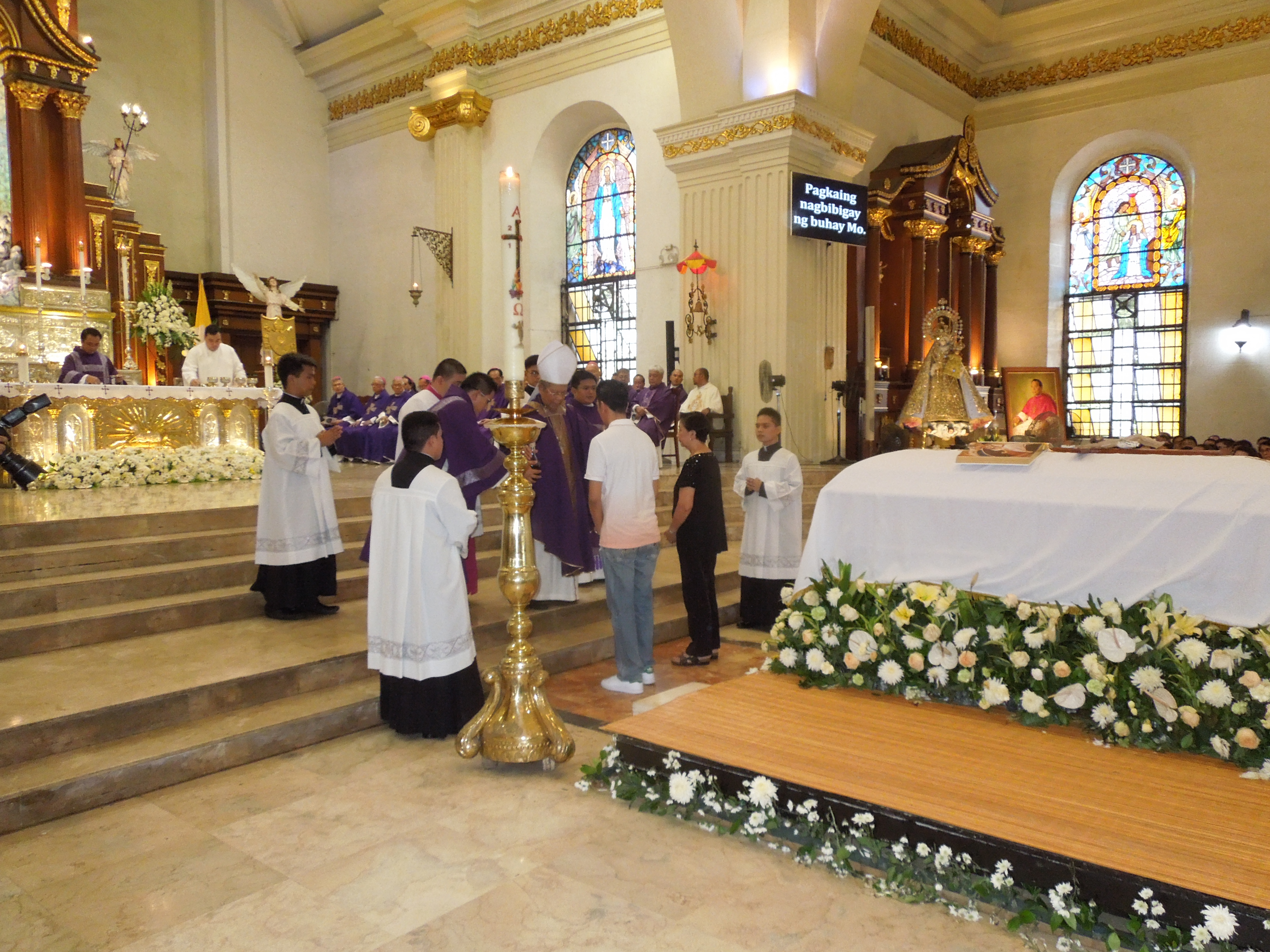|
Ernest Farrar
Ernest Bristow Farrar (7 July 1885 – 18 September 1918) was an English composer, pianist and organist. Life Ernest Farrar was born in Lewisham, London, but moved in 1887 to Micklefield in Yorkshire, where his father was a clergyman. The rest of his life was very much centred in the north of England. He was educated at Leeds Grammar School, where he began organ studies. His studies at Durham University did not progress beyond his matriculation. In May 1905 he won a scholarship to the Royal College of Music. There he studied with Sir Charles Villiers Stanford and Sir Walter Parratt and began friendships with Frank Bridge and Geoffrey Molyneux Palmer. He also took up several posts as organist in All Saints' Dresden, St Hilda's, South Shields and Christ Church, High Harrogate. At Harrogate, he worked closely with local conductor Julian Clifford and took on the 14-year-old Gerald Finzi as a composition pupil. In 1913, he married Olive Mason in South Shields. His best man at ... [...More Info...] [...Related Items...] OR: [Wikipedia] [Google] [Baidu] |
Gerald Finzi
Gerald Raphael Finzi (14 July 1901 – 27 September 1956) was a British composer. Finzi is best known as a choral composer, but also wrote in other genres. Large-scale compositions by Finzi include the cantata '' Dies natalis'' for solo voice and string orchestra, and his concertos for cello and clarinet. Life Gerald Finzi was born in London, the son of John Abraham (Jack) Finzi and Eliza Emma (Lizzie) Leverson. Finzi became one of the most characteristically "English" composers of his generation. Despite his being an agnostic of Jewish descent, several of his choral works incorporate Christian texts. Finzi's father, a successful shipbroker, died a fortnight short of his son's eighth birthday. Finzi was educated privately. During World War I the family settled in Harrogate, and Finzi began to study music at Christ Church, High Harrogate, under Ernest Farrar from 1915.McVeagh, p. 9 Farrar, a former pupil of Stanford, was then aged thirty and he described Finzi as "very shy, but ... [...More Info...] [...Related Items...] OR: [Wikipedia] [Google] [Baidu] |
Walt Whitman
Walter Whitman (; May 31, 1819 – March 26, 1892) was an American poet, essayist and journalist. A humanist, he was a part of the transition between transcendentalism and realism, incorporating both views in his works. Whitman is among the most influential poets in the American canon, often called the father of free verse. His work was controversial in his time, particularly his 1855 poetry collection '' Leaves of Grass'', which was described as obscene for its overt sensuality. Born in Huntington on Long Island, Whitman resided in Brooklyn as a child and through much of his career. At the age of 11, he left formal schooling to go to work. Later, Whitman worked as a journalist, a teacher, and a government clerk. Whitman's major poetry collection, ''Leaves of Grass'', was first published in 1855 with his own money and became well known. The work was an attempt at reaching out to the common person with an American epic. He continued expanding and revising it until hi ... [...More Info...] [...Related Items...] OR: [Wikipedia] [Google] [Baidu] |
Stephen Banfield
Stephen David Banfield (born 1951) is a musicologist, music historian and retired academic. He was Elgar Professor of Music at the University of Birmingham from 1992 to 2003, and then Stanley Hugh Badock Professor of Music at the University of Bristol from 2003 to his retirement at the end of 2012; he has since been an emeritus professor at Bristol."Professor Stephen Banfield" ''University of Bristol''. Retrieved 18 December 2018.''International Who's Who in Classical Music 2009'' ( Routledge, 2009), p. 49. Banfield was educated at Clare College, Cambridge, |
Carnegie Collection Of British Music
__NOTOC__ The Carnegie Collection of British Music was founded in 1917 by the Carnegie Trust to encourage the publication of large scale British musical works. Composers were asked to submit their manuscripts to an anonymous panel. On the panel at various times were Hugh Allen, Granville Bantock, Arnold Bax, Dan Godfrey, Henry Hadow and Donald Tovey.Craggs, Stewart R. 'Felix White, a centenary note' in ''Musical Times'', April 1984, p 207-8 Up to six works per year were chosen for an award – publication at the expense of the Trust, in conjunction with music publishers Stainer & Bell. Unfortunately the war delayed things for the earliest prizewinners. The first to be published (in 1918) was the Piano Quartet in A minor by Herbert Howells. (It caught the attention of the young William Walton, who successfully submitted his own Piano Quartet to the panel six years later). By the end of 1920 some 13 works were available. 30 were out by the end of 1922, and when the scheme finally clo ... [...More Info...] [...Related Items...] OR: [Wikipedia] [Google] [Baidu] |
Requiem Mass
A Requiem or Requiem Mass, also known as Mass for the dead ( la, Missa pro defunctis) or Mass of the dead ( la, Missa defunctorum), is a Mass of the Catholic Church offered for the repose of the soul or souls of one or more deceased persons, using a particular form of the Roman Missal. It is usually celebrated in the context of a funeral (where in some countries it is often called a Funeral Mass). Musical settings of the propers of the Requiem Mass are also called Requiems, and the term has subsequently been applied to other musical compositions associated with death, dying, and mourning, even when they lack religious or liturgical relevance. The term is also used for similar ceremonies outside the Roman Catholic Church, especially in Western Rite Orthodox Christianity, the Anglo-Catholic tradition of Anglicanism, and in certain Lutheran churches. A comparable service, with a wholly different ritual form and texts, exists in the Eastern Orthodox and Eastern Catholic chu ... [...More Info...] [...Related Items...] OR: [Wikipedia] [Google] [Baidu] |
Ronssoy
Ronssoy () is a commune in the Somme department in Hauts-de-France in northern France. Geography Ronssoy is situated north of Saint-Quentin, on the D6 road Population See also *Communes of the Somme department The following is a list of the 772 communes of the Somme department of France. The communes cooperate in the following intercommunalities (as of 2020):Communes of Somme (department) {{Péronne-geo-stub ... [...More Info...] [...Related Items...] OR: [Wikipedia] [Google] [Baidu] |
Le Cateau-Cambrésis
Le Cateau-Cambrésis (, before 1977: ''Le Cateau'') is a Communes of France, commune in the Nord (French department), Nord Departments of France, department in northern France. The term Cambrésis indicates that it lies in the county of that name which fell to the Archdiocese of Cambrai, Prince-Bishop of Cambrai. Le Cateau station has rail connections to Paris, Maubeuge and Saint-Quentin. History *The Italian War of 1551–1559#Peace of Cateau-Cambrésis (1559), Peace of Cateau-Cambrésis, ending the Italian Wars, was agreed there on 2–3 April 1559. * Until 1678, the city belonged to the Spanish Netherlands (now called Belgium). France conquered the city officially by the treaty of Nijmegen signed in 1678. *On 28 March 1794, allied forces under the prince of Saxe-Coburg and Gotha, Coburg, defeated French forces at Le Cateau. *Le Cateau formed the right wing of the front of II Corps of the British Expeditionary Force at the Battle of Le Cateau on 26 August 1914, during its withdra ... [...More Info...] [...Related Items...] OR: [Wikipedia] [Google] [Baidu] |
Battle Of Épehy
The Battle of Épehy was a battle of the First World War fought on 18 September 1918, involving the British Fourth Army under the command of General Henry Rawlinson against German outpost positions in front of the Hindenburg Line. The village of Épehy was captured on 18 September by the 12th (Eastern) Division. Prelude Field Marshal Sir Douglas Haig, Commander-in-Chief (C-in-C) of the British Expeditionary Force (BEF) on the Western Front, was not eager to carry out any offensives, until the assault on the Hindenburg Line, influenced by mounting British losses from previous battles that year, over since March, them in the past six weeks. Rawlinson was kept reined in and advised by Haig to ensure his men were well rested for the eventual attack on the Line. When news arrived of the British Third Army's victory at the Battle of Havrincourt, Haig's mind was changed. On the day following the success at Havrincourt, 13 September, Haig approved Rawlinson's plan to clear Germa ... [...More Info...] [...Related Items...] OR: [Wikipedia] [Google] [Baidu] |
Western Front (World War I)
The Western Front was one of the main theatres of war during the First World War. Following the outbreak of war in August 1914, the German Army opened the Western Front by invading Luxembourg and Belgium, then gaining military control of important industrial regions in France. The German advance was halted with the Battle of the Marne. Following the Race to the Sea, both sides dug in along a meandering line of fortified trenches, stretching from the North Sea to the Swiss frontier with France, which changed little except during early 1917 and in 1918. Between 1915 and 1917 there were several offensives along this front. The attacks employed massive artillery bombardments and massed infantry advances. Entrenchments, machine gun emplacements, barbed wire and artillery repeatedly inflicted severe casualties during attacks and counter-attacks and no significant advances were made. Among the most costly of these offensives were the Battle of Verdun, in 1916, with a combined 700 ... [...More Info...] [...Related Items...] OR: [Wikipedia] [Google] [Baidu] |
Devonshire Regiment
The Devonshire Regiment was a line infantry regiment of the British Army that served under various titles and served in many wars and conflicts from 1685 to 1958, such as the Second Boer War, the First World War and the Second World War. In 1958 the regiment was amalgamated with the Dorset Regiment to form the Devonshire and Dorset Regiment which, in 2007, was amalgamated with the Royal Gloucestershire, Berkshire and Wiltshire Regiment, the Royal Green Jackets and The Light Infantry to form a new large regiment, The Rifles. History Formation In June 1667 Henry Somerset, Marquess of Worcester, was granted a commission to raise a regiment of foot, The Marquess of Worcester's Regiment of Foot. The regiment remained in existence for only a few months and was disbanded in the same year. It was re-raised in January 1673 and again disbanded in 1674. In 1682, Henry Somerset was created Duke of Beaufort, and in 1685 he was again commissioned to raise a regiment, The Duke of Beaufort's ... [...More Info...] [...Related Items...] OR: [Wikipedia] [Google] [Baidu] |
Second Lieutenant
Second lieutenant is a junior commissioned officer military rank in many armed forces, comparable to NATO OF-1 rank. Australia The rank of second lieutenant existed in the military forces of the Australian colonies and Australian Army until 1986. In the colonial forces, which closely followed the practices of the British military, the rank of second lieutenant began to replace ranks such as ensign and cornet from 1871. New appointments to the rank of second lieutenant ceased in the regular army in 1986. Immediately prior to this change, the rank had been effectively reserved for new graduates from the Officer Cadet School, Portsea which closed in 1985. (Graduates of the Australian Defence Force Academy (ADFA) and the Royal Military College, Duntroon (RMC-D) are commissioned as lieutenants.). The rank of second lieutenant is only appointed to officers in special appointments such as training institutions, university regiments and while under probation during training. Tra ... [...More Info...] [...Related Items...] OR: [Wikipedia] [Google] [Baidu] |




